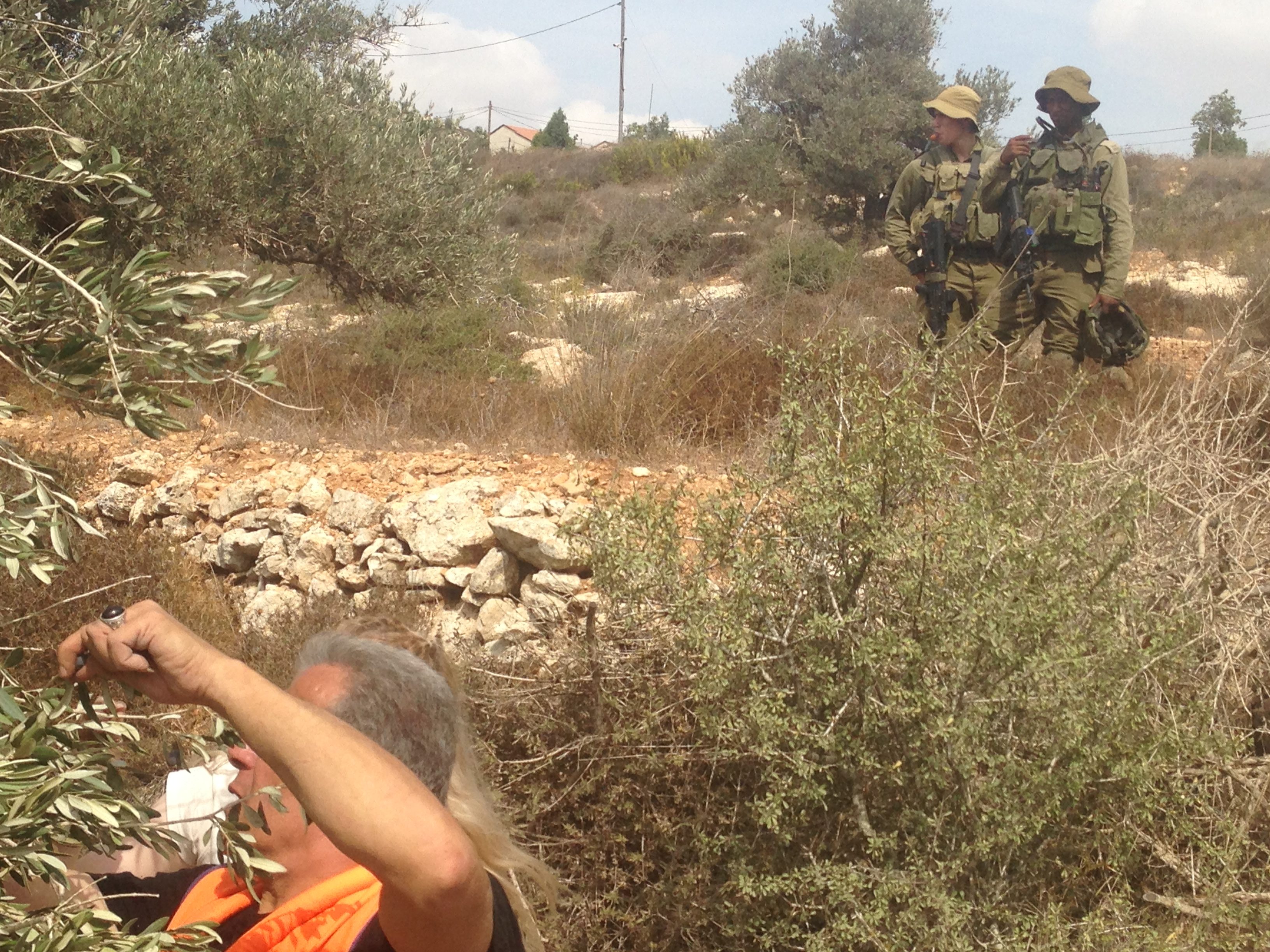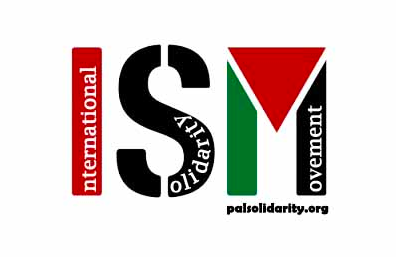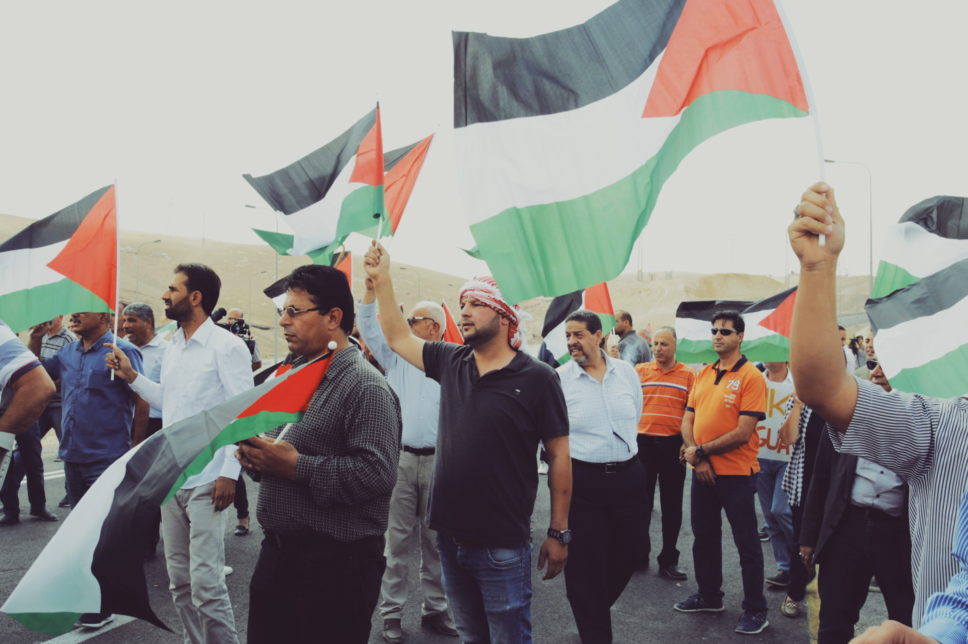Category: Features
-
Video: Israeli soldiers, police harass olive pickers in As-Sawiya village
October 7, 2018 | International Solidarity Movement | As-Sawiya, Occupied Palestine A group of Israeli soldiers, one Israeli policeman, and one Israeli settler harassed a group of Palestinian and international olive pickers in As-Sawiya village yesterday, demanding identification and threatening to expel the harvesters from the area. Soon after the group began work,…
-
Join ISM: Training in London—October 6, 2018
ISM London is offering a day of pre-training for prospective volunteers who are interested in joining the International Solidarity Movement on the ground in Palestine. Any volunteer is required to participate in training before joining activities in Palestine. Attending the training session in London will give you a chance to get a first impression of…
-
Activists stand in solidarity with the residents of Khan al-Ahmar
7 September 2018 | International Solidarity Movement, Ramallah team | Khan al-Ahmar, occupied Palestine After an Israeli court ruling on September 5 2018 confirmed the eviction and demolition of the Palestinian Bedouin village of Khan al-Ahmar, residents of the village, Palestinians from across the West Bank and international activists have gathered each day in solidarity…



